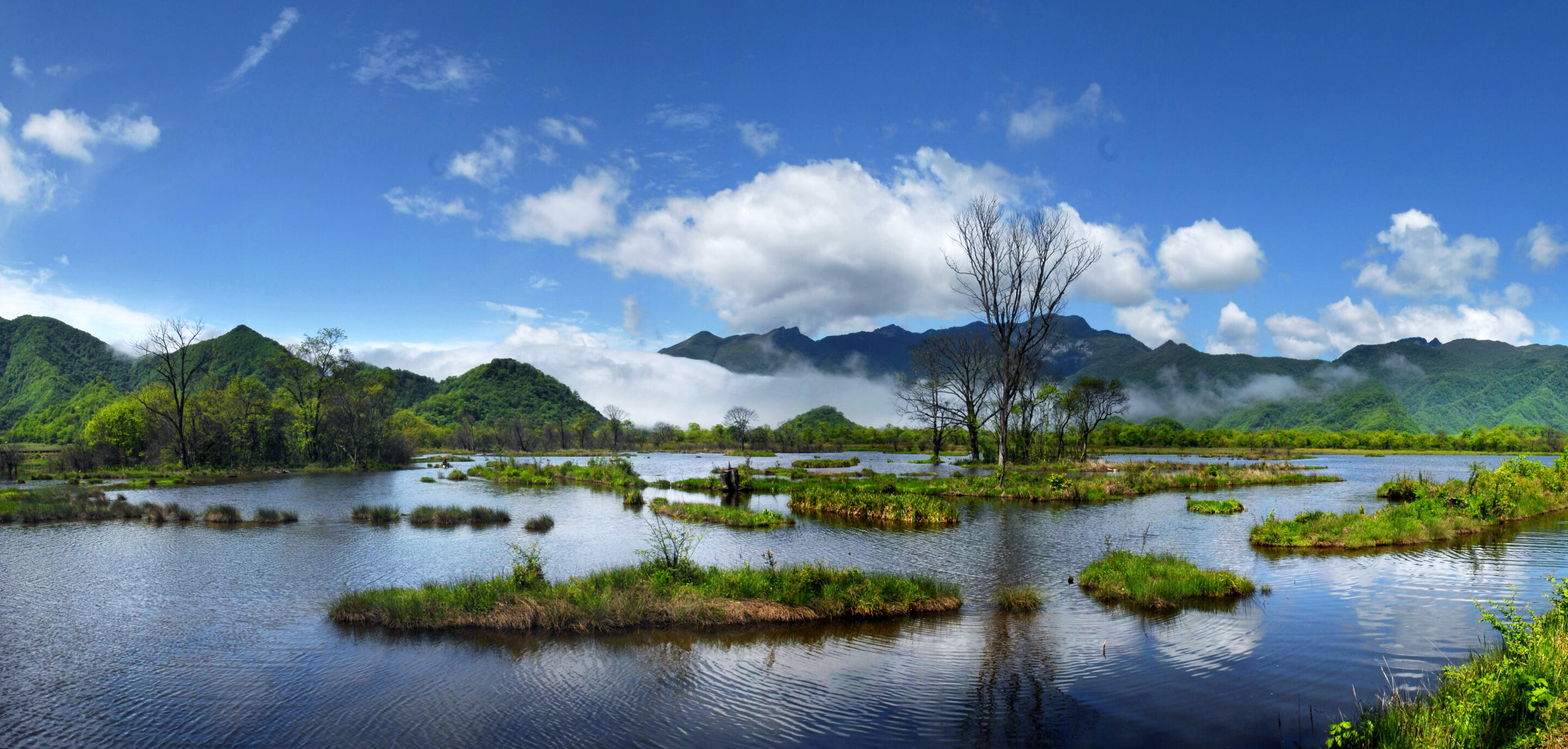
The Hidden Peril Beneath Our Feet: How Underground Fungi Are Critical to Climate Resilience
The Hidden Peril Beneath Our Feet: How Underground Fungi Are Critical to Climate Resilience
Julius Mwaniki
Published 1 mo ago
What New Studies Are Revealing Recent mapping studies have found that: Every year, plants pass around 13 billion metric tons of carbon to mycorrhizal networks underground—almost one-third of emissions from fossil fuels. THE DIRT Yet less than 10% of the biodiversity hotspots where these fungi thrive are formally protected. T
his leaves many critical zones vulnerable. THE DIRT Soil rich in fungal networks retains far more moisture during drought, helps reduce erosion during heavy rains, and stores more carbon long-term compared to soils degraded by intensive agriculture. (Summarizing findings from related studies.) What Can Be Done: Promising Moves There are many ways that governments, communities, and land managers can help preserve and restore these subterranean ecosystems: Protect hotspots Identify land where rich fungal biodiversity overlaps with vulnerable ecosystems, and ensure legal conservation or protection status.
Regenerative agriculture Practices like reducing tillage, avoiding chemical overuse, and planting cover crops help maintain healthy fungal networks. Restore degraded land Reforestation and rewetting of drained soils, or allowing natural vegetation regrowth, rebuild fungal networks over time. Map and monitor Use remote sensing, citizen science, and soil biology studies to better understand where these fungi live and how they are changing. Raise awareness Since fungi are “out of sight, out of mind,” educational campaigns can help people understand their importance for climate resilience and soil health.
Takeaway The ecosystems beneath us literally hold keys to our climate future. While the dramatic images of wildfires and melting ice get attention—and rightly so—what’s happening in the soil matters just as much. Protecting and restoring fungal networks is one low-cost, high-impact way to bolster our resilience against drought, improve food security, and store carbon. If we ignore these hidden networks, we risk undermining many of the climate gains we’re fighting so hard for above ground.
Further Reading “Climate and Biodiversity News (August 2025)” — mapping of fungi hotspots & warnings about low protection coverage. THE DIRT “World Cannot Recycle Its Way Out of Plastics Crisis, Report Warns” — for a broader view on how plastic pollution adds stress to ecosystems. THE DIRT “Good Climate News Roundup” — examples of positive progress worldwide. League of Conservation Voters
Share this article
About the Author
Julius Mwaniki
A writer and software engineer passionate about technology, innovation, and sustainability. He explores how emerging trends—from climate resilience to disruptive tech—are shaping the future of our planet and society. Through …

This research really underscores how much of climate resilience is happening out of sight, underground. Mycorrhizal networks aren’t just passive — they actively regulate water retention, soil stability, and carbon storage. Yet we’re protecting less than 10% of the places where they thrive. That’s a huge gap considering the outsized role they play in buffering us against droughts and floods.
The takeaway for me is that protecting soil ecosystems should be treated with the same urgency as forests, oceans, or wetlands. If governments and communities prioritize mapping, conserving, and restoring fungal hotspots — alongside regenerative agriculture — we get a cost-effective climate solution with multiple co-benefits: food security, biodiversity, and carbon sequestration.
It’s time to put the “underground climate heroes” into mainstream conservation strategies.
How?